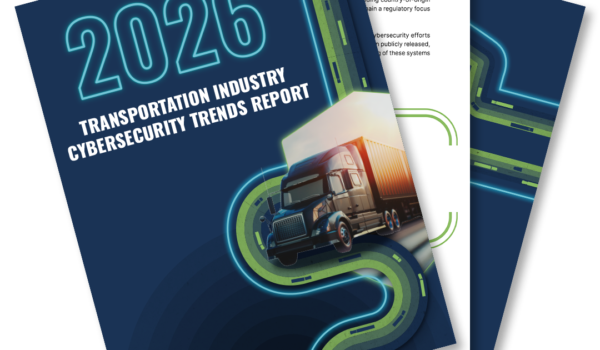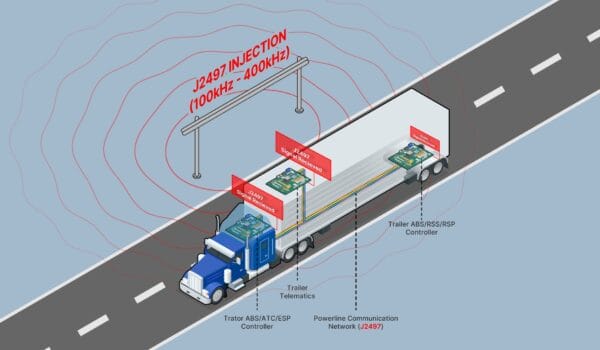For decades, the trucking industry has run on trust, paper, and manual workarounds. But today, a quiet revolution is underway; a shift toward data-driven, real-time supply chains. And at the very heart of this transformation? Shippers.
They’re not just participants; they’re catalysts.
The spark of every freight movement begins with a shipper—the first mile of information that dictates everything that follows. When a shipper shares accurate digital data about a shipment’s dimensions, weight, pickup point, and destination, they set the wheels in motion for an efficient, error-free delivery. But when that data is missing, wrong, or delayed, costly ripple effects occur; reweighs, reclassifications, invoice disputes, payment delays.
Historically, these problems were accepted as “the cost of doing business.” Today, with the rise of technologies like freight application programming interfaces (APIs), shippers have the power to change the game entirely.
The Shift: From Reactive to Proactive Freight Management
According to Gartner, by 2023, 50% of global product-centric enterprises had invested in real-time transportation visibility platforms—highlighting just how critical real-time visibility has become in modern supply chain operations.
However, the real shift isn’t just about platforms; it’s about mindsets.
Shippers who adopt API standards like the Preliminary Freight Charges (PFC) API are moving from reactive billing disputes to proactive charge management. Instead of waiting weeks for a surprise invoice, they receive real-time notifications about freight bill updates as the shipment moves. They spot issues early, accrue costs accurately, and prevent invoice shocks—protecting both their bottom lines and their carrier relationships.
This shift is especially timely with the National Motor Freight Classification (NMFC®) changes that went live on July 19, which are driving greater accuracy in freight classification and, in turn, raising expectations for transparent, up-to-the-minute communication between shippers and carriers.
“We knew the NMFC changes would bring more precision to classification. But precision also means the need for better communication during the shipment lifecycle. That’s exactly why we helped define the PFC API,” said Kelly Koller for Estes Express Lines and PFC API Standards Development Workshop Team Lead.
And the investment community is paying attention. According to a Trigent Research Paper 37% of CXOs ranked APIs as their #1 technology investment priority. APIs aren’t just a tech trend; they are a strategic imperative for future-ready organizations.
The stakes have never been higher. Industry analysts at Grand View Research project the API logistics market to grow at a staggering 20.2% compound annual growth rate (CAGR) through 2030. Meanwhile, the Digital Freight Matching (DFM) market is expected to surge from $33.63 billion in 2025 to $137.31 billion by 2034, according to Towards Automotive.
Despite this, a large portion of the freight industry is still lagging. FreightWaves reports that 16% of companies still rely solely on spreadsheets and phone calls, while 61% operate with only partially automated systems.. This gap presents a massive opportunity for forward-thinking shippers.
Those who digitize first aren’t just improving their own operations—they’re setting new industry standards.
The Opportunity: Shippers as Industry Leaders
The trucking industry isn’t waiting for carriers or regulators to lead the digital charge. It’s shippers who are stepping up, demanding transparency, real-time visibility, and proactive problem-solving.
When shippers digitize:
- They control the quality of freight data from the start;
- They accelerate dispute resolution and reduce costs;
- They build resilience against supply chain disruptions; and
- They push carriers and 3PLs to modernize.
Publications like Transport Topics are highlighting how connected technologies, such as real-time tracking and electronic logging devices (ELDs), are reshaping logistics, emphasizing that supply chain visibility begins with shipper participation.
From Paper Trails to Digital Highways: The Time is Now
The freight world is moving from paper trails to digital highways. And shippers are in the driver’s seat.
Shippers embracing digital freight APIs, like the PFC API, aren’t just fixing billing headaches. They’re building the future of logistics, a future where supply chains are transparent, resilient, and fast-moving.
The call to action is clear: If you want to stay competitive, you must lead with digital.
The DSDC’s API standards are open source and free to download.
Learn more and explore the DSDC’s Digital LTL Council and Digital Full Truckload (FTL) Council API Standards today at dsdc.nmfta.org.






